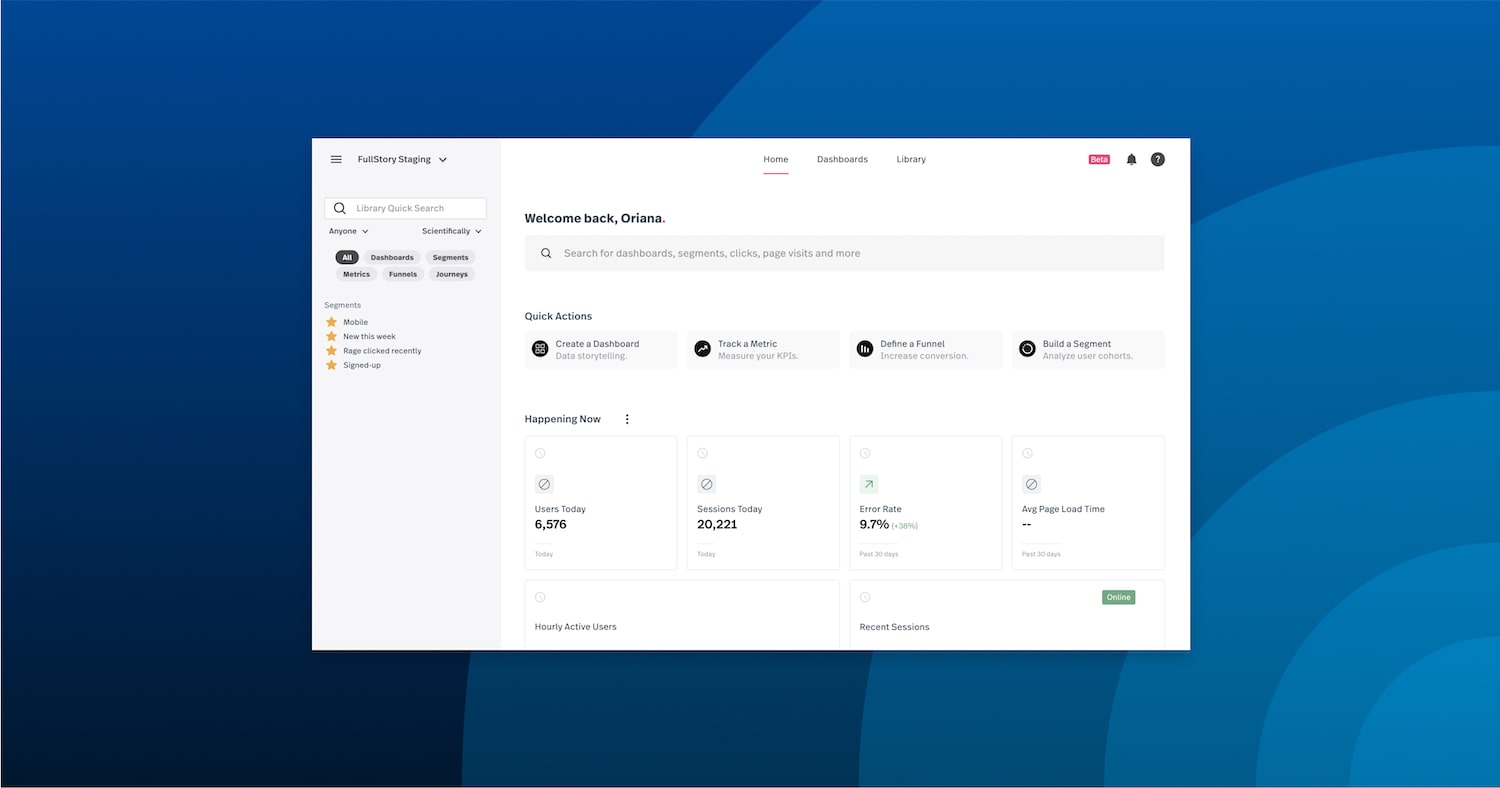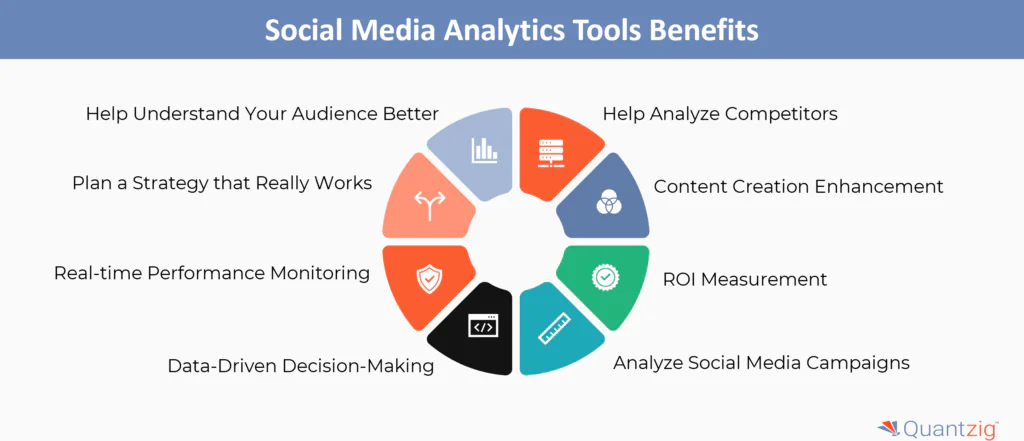Improve Your Data Administration with Integrated Analytics Equipment
Improve Your Data Administration with Integrated Analytics Equipment
Blog Article
Increase Effectiveness and Earnings Through Information Analytics
In today's data-driven landscape, organizations are significantly recognizing the essential duty of data analytics in enhancing functional effectiveness and profitability. By systematically evaluating information, organizations can discover essential insights that notify critical choices, simplify procedures, and dressmaker client experiences.
Understanding Data Analytics
In today's data-driven landscape, understanding information analytics is vital for organizations intending to enhance functional efficiency and drive earnings. Information analytics involves the organized computational evaluation of data sets to uncover patterns, connections, and understandings that inform decision-making. By employing numerous methods, such as statistical analysis, equipment knowing, and predictive modeling, companies can change raw data right into actionable knowledge.
The process usually begins with information collection, where relevant information is collected from multiple resources, consisting of transactional databases, client interactions, and market trends. This data is then cleaned and organized to ensure precision and uniformity. Once the data is prepared, analytical tools and software application are made use of to picture the information and explore, making it possible for stakeholders to identify trends and abnormalities.
Inevitably, recognizing data analytics empowers organizations to make informed choices based on empirical evidence as opposed to intuition. It assists in targeted approaches that can enhance resource allocation, boost customer fulfillment, and improve general efficiency. As organizations progressively acknowledge the worth of data-driven understandings, a solid understanding of data analytics comes to be a crucial proficiency for leaders and groups alike, placing them for continual success in a competitive environment.

Trick Advantages for Companies
Services that leverage information analytics can open a plethora of benefits that significantly improve their operations and productivity. Among the key benefits is boosted decision-making. Information analytics provides workable insights stemmed from real-time information, enabling businesses to make informed choices that align with market needs and customer choices.

Furthermore, information analytics cultivates improved customer experiences. By recognizing consumer behaviors and choices, services can tailor their offerings, leading to boosted complete satisfaction and commitment. This customized technique typically leads to higher conversion rates and repeat company.
Additionally, information analytics makes it possible for businesses to identify emerging chances and fads. By staying in advance of the contour, companies can take advantage of brand-new markets and innovations prior to their rivals.
Carrying Out Data-Driven Strategies
Effective implementation of data-driven methods needs an extensive understanding of both business objectives and offered information resources. Organizations needs to first define their objectives plainly, ensuring placement in between data efforts and calculated aims. This clearness makes it possible for groups to concentrate on relevant metrics and insights that drive decision-making.
Premium information is important for exact evaluation, as poor data can lead to illinformed strategies and lost sources - Analytics. Organizations must develop procedures for data collection, cleaning, and management to preserve information integrity.
Furthermore, promoting a data-driven society is essential. Workers in all degrees should be motivated to take advantage of information in their daily operations. Training programs and workshops can enhance information literacy, empowering staff to make informed decisions based on analytical insights.
Tools and Technologies Overview
A robust suite of technologies and tools is vital for companies intending to harness the complete capacity of data analytics. These tools help with the collection, processing, and visualization of information, enabling companies to acquire workable understandings.
At the foundational level, data management platforms such as SQL data sources and NoSQL systems supply effective information storage and retrieval capacities. For information handling and evaluation, shows languages like Python and R, along with frameworks such as Apache Spark, enable complicated estimations and machine knowing applications.
Visualization tools, consisting of Tableau and Power BI, my explanation change raw data right into intuitive graphical styles, making understandings obtainable to stakeholders in any way levels. Furthermore, cloud-based systems like Google Cloud and AWS provide scalable storage and processing options, fitting the expanding original site volumes of information companies experience.
For advanced analytics, predictive modeling and AI-driven solutions are progressively embraced, allowing companies to anticipate patterns and enhance decision-making procedures. Integrating these devices into existing workflows is critical; companies that efficiently leverage this technology can dramatically improve operational effectiveness and drive success. Thus, buying the right devices and innovations is a critical crucial for any type of data-driven organization.
Instance Researches of Success
Leveraging information analytics has actually led countless organizations to accomplish impressive improvements in performance and earnings. One notable instance is a huge retail chain that implemented predictive analytics to maximize supply monitoring. By evaluating historical sales information and consumer fads, the company minimized excess supply by 30%, leading to significant expense savings and boosted cash circulation.
An additional instance can be found in the manufacturing industry, where a leading vehicle supplier used data analytics to boost its manufacturing procedures. By monitoring device performance in real-time, the organization identified bottlenecks and inadequacies, leading to a 20% boost in overall tools efficiency (OEE) This not only enhanced production prices but also decreased downtime and upkeep expenses.

These instance researches show just how data analytics can drive critical decision-making, enhance procedures, and ultimately improve both performance their explanation and earnings throughout various fields.
Conclusion
Finally, the integration of data analytics right into business operations offers substantial chances for boosting performance and success. By methodically assessing data, companies can identify inadequacies, enhance consumer experiences, and make informed decisions. The adoption of anticipating modeling and real-time surveillance further allows services to stay in advance of arising fads and allocate sources successfully. Inevitably, the strategic implementation of data-driven approaches promotes sustained affordable advantages and drives considerable enhancements in operational performance and financial outcomes.
In today's data-driven landscape, comprehending data analytics is vital for organizations aiming to enhance functional effectiveness and drive earnings. Data analytics involves the organized computational evaluation of data sets to reveal patterns, correlations, and insights that inform decision-making. Information analytics offers workable insights acquired from real-time data, enabling services to make informed selections that align with market demands and consumer preferences.
Top quality information is necessary for precise analysis, as poor information can lead to misguided methods and wasted resources. Organizations has to develop processes for data collection, cleaning, and administration to maintain data integrity.
Report this page